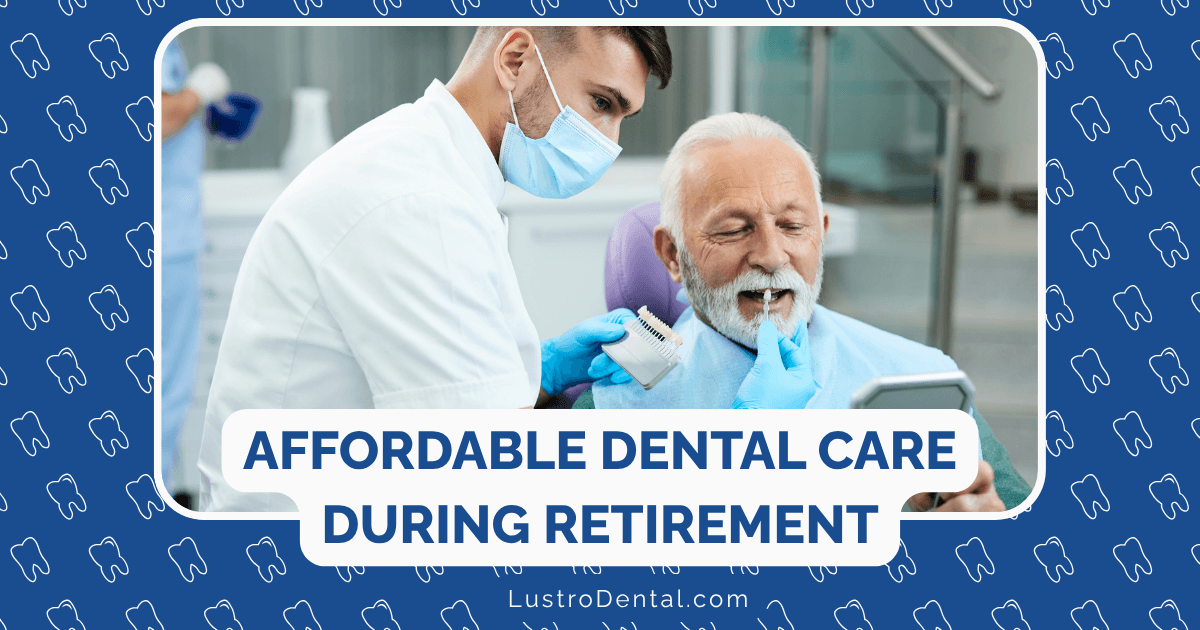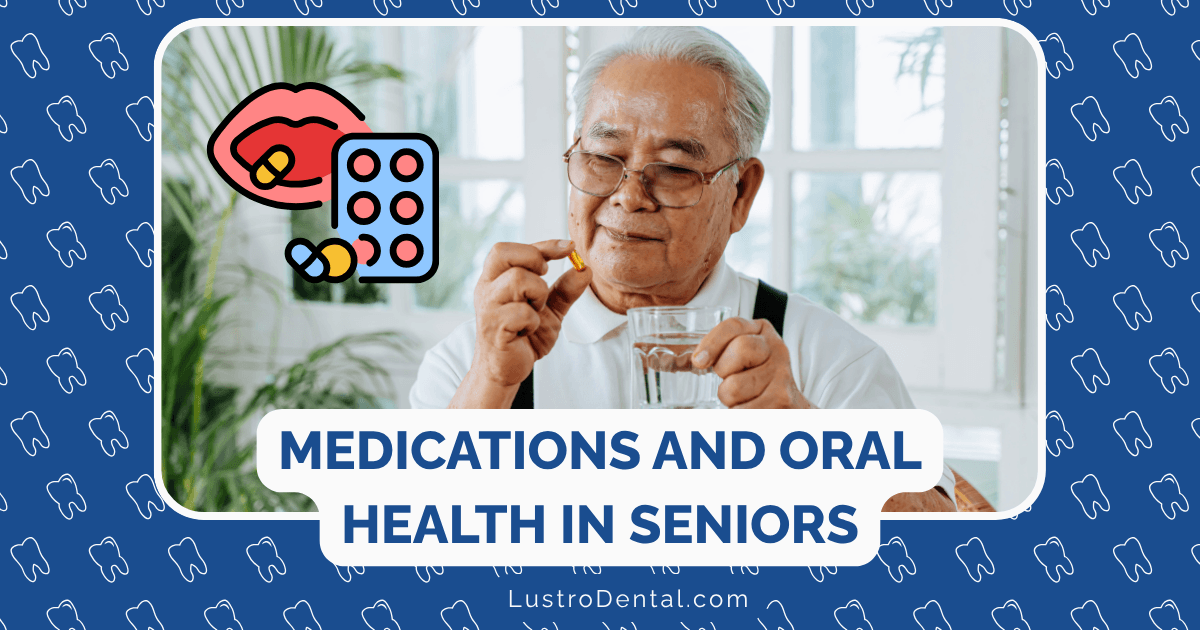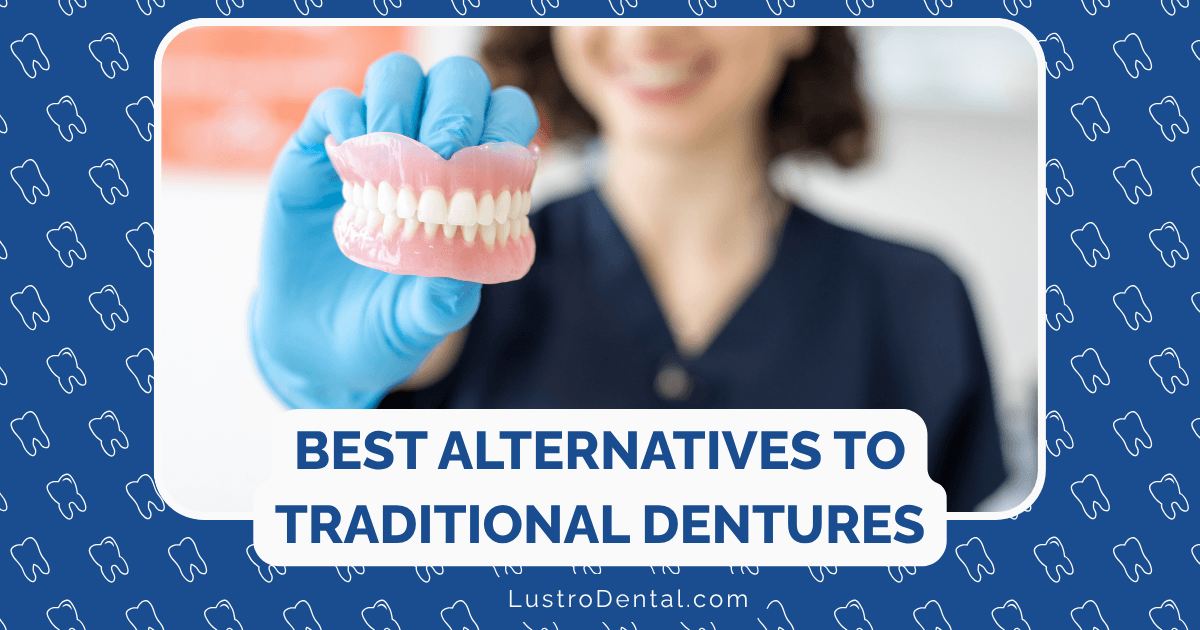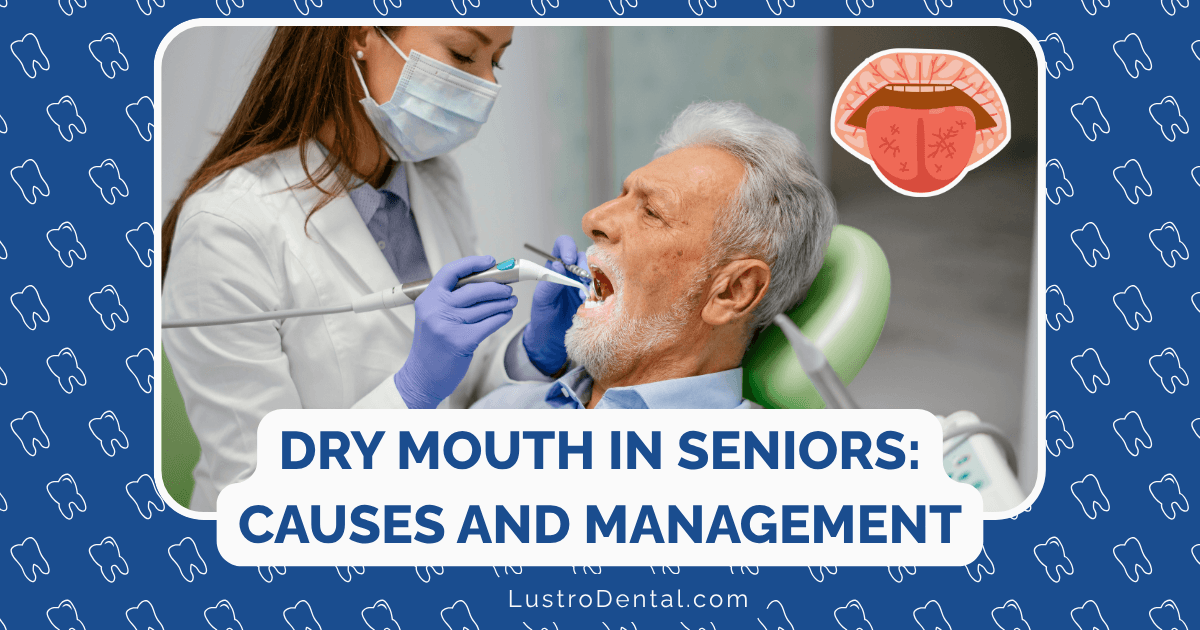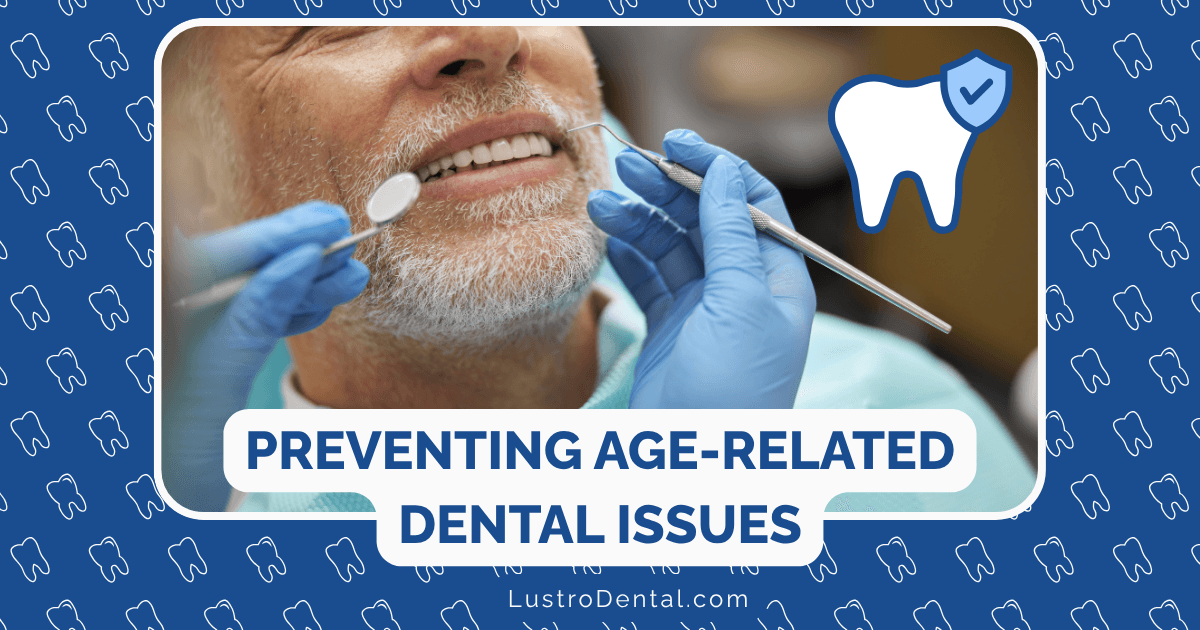Addressing Appearance Concerns: Cosmetic Options for Teens
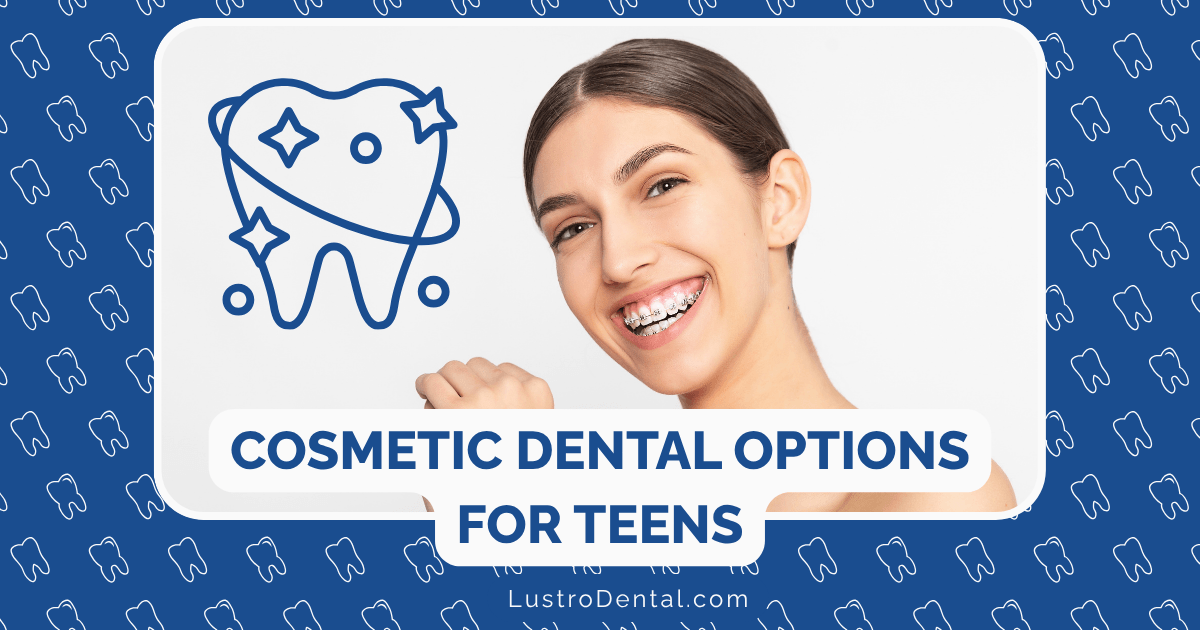
In today’s image-conscious world, teenagers are more aware of their appearance than ever before. Social media, peer influence, and the natural desire to fit in can make dental imperfections seem magnified during these formative years. While traditional orthodontics has long been a rite of passage for many teens, modern cosmetic dentistry now offers a range of options that can address various aesthetic concerns beyond just straightening teeth.
As a parent, you may wonder: Which cosmetic dental treatments are appropriate for teenagers? When is the right time to consider them? And how do you balance addressing legitimate concerns without overemphasizing appearance?
This guide explores age-appropriate cosmetic dental options for teens, their benefits, limitations, and important considerations to help you make informed decisions about your teenager’s smile.
Understanding Teen Dental Concerns
Teenagers may feel self-conscious about various aspects of their smile, including:
- Misaligned teeth: Crooked teeth, gaps, or crowding
- Discoloration: Yellow or stained teeth from genetics, medications, or diet
- Irregular tooth shape or size: Teeth that appear too small, large, or oddly shaped
- Chips or minor damage: From sports, accidents, or habits like nail-biting
- Gummy smiles: Excessive gum tissue showing when smiling
Dr. Sarah Chen, adolescent dental specialist at Teen Dental Health Institute, notes: “The psychological impact of dental appearance concerns shouldn’t be dismissed. Research shows that teens with dental aesthetic issues they’re self-conscious about may experience lower self-confidence, reduced social interaction, and even academic impacts due to reluctance to speak up in class.”
A 2024 study published in the Journal of Adolescent Health found that 72% of teens expressed desire for some form of aesthetic dental treatment, with the psychological impact being most significant for visible front tooth issues.
Age-Appropriate Cosmetic Options for Teens
Orthodontic Treatments
Traditional Braces
- Appropriate age: Generally 11-14 years, once all permanent teeth have erupted
- Best for: Moderate to severe misalignment, bite issues
- Considerations: Require consistent maintenance and hygiene, visible
Clear Aligners (Invisalign Teen)
- Appropriate age: 13+ years, for responsible teens who will wear them 20-22 hours daily
- Best for: Mild to moderate misalignment
- Considerations: Removable, nearly invisible, but require discipline to wear consistently
Dr. Michael Rodriguez, orthodontist at Adolescent Smile Center, explains: “Clear aligners have revolutionized orthodontics for teens. The compliance indicators in Invisalign Teen help parents monitor usage, and the ability to remove aligners for special occasions makes the treatment more socially acceptable for image-conscious teenagers.”
Teeth Whitening
Professional In-Office Whitening
- Appropriate age: 14-16+ years, once permanent teeth are fully erupted
- Best for: External staining, yellowing
- Considerations: Quick results, may cause temporary sensitivity
Custom Take-Home Whitening
- Appropriate age: 14-16+ years
- Best for: Gradual whitening, maintenance
- Considerations: Less expensive than in-office, more controlled application
“Teeth whitening for teens should be approached cautiously,” advises Dr. Lisa Chen, pediatric dentist at Children’s Dental Associates. “We typically recommend waiting until at least age 14, using lower concentrations of whitening agents, and closely monitoring for sensitivity. Over-the-counter whitening products should be avoided without professional guidance.”
Dental Bonding
Composite Bonding
- Appropriate age: Any age, once permanent teeth are established
- Best for: Repairing chips, closing small gaps, reshaping teeth
- Considerations: Conservative, reversible, may need replacement in 3-7 years
“Bonding is one of the most teen-friendly cosmetic procedures,” says Dr. James Wilson, cosmetic dentist at Modern Smile Design. “It’s minimally invasive, preserves natural tooth structure, and can be easily repaired or replaced as the teen matures. For minor imperfections, it provides immediate results with no permanent commitment.”
Gum Contouring
Laser Gum Reshaping
- Appropriate age: 16+ years, once gum development is stable
- Best for: Gummy smiles, uneven gum line
- Considerations: Minimally invasive, permanent results
Veneers and More Invasive Options
Porcelain Veneers
- Appropriate age: Generally 18+ years, though exceptions exist
- Best for: Multiple aesthetic issues: shape, color, minor alignment
- Considerations: Requires permanent tooth reduction, significant cost
No-Prep or Minimal-Prep Veneers
- Appropriate age: 16+ in select cases
- Best for: Minor shape or color corrections
- Considerations: Less invasive than traditional veneers, still a long-term commitment
Emily Warren, DDS, explains: “While veneers can provide dramatic results, we’re extremely cautious about recommending them for teens under 18. The permanent nature of tooth preparation, potential need for replacement throughout life, and the fact that teenage dental development isn’t always complete make this a decision that should rarely be made before adulthood.”
The Psychological Impact: Balancing Benefits and Expectations
Cosmetic dental improvements can significantly impact a teenager’s self-confidence and social comfort. Research from a 2025 study in the Journal of Adolescent Psychology found that appropriate dental aesthetic improvements were associated with:
- Increased confidence in social interactions
- Greater willingness to smile in photographs
- Improved classroom participation
- Reduced anxiety in social situations
- Better oral hygiene habits
However, it’s essential to approach cosmetic dentistry with realistic expectations and healthy motivations.
Taylor Martinez, adolescent psychologist at Teen Wellness Center, cautions: “There’s a fine line between addressing a legitimate concern that’s affecting a teen’s well-being and reinforcing the message that appearance is paramount. The decision should be driven primarily by the teen’s feelings rather than parental or peer pressure, and should be part of a broader conversation about self-acceptance and the limited role appearance should play in self-worth.”
Important Considerations Before Proceeding
Dental Development
Most dentists recommend waiting until:
- All permanent teeth have erupted
- Jaw growth is relatively stable
- Oral hygiene habits are well-established
Maturity Level
Consider whether your teen:
- Can maintain required oral hygiene
- Will follow treatment protocols
- Understands the long-term implications of any permanent procedures
- Has realistic expectations about outcomes
Cost and Longevity
Be aware that:
- Most cosmetic procedures aren’t covered by insurance
- Some treatments may need maintenance or replacement
- Costs can range from a few hundred dollars (whitening, bonding) to several thousand (veneers, extensive orthodontics)
Questions to Ask Your Dental Provider
Before proceeding with any cosmetic treatment for your teen, consider asking:
- Is this treatment reversible or permanent?
- How will this affect their dental health long-term?
- Are there more conservative alternatives?
- What maintenance will be required?
- How might this treatment need to be modified as they mature?
- What are the risks or potential complications?
- Is there any reason to wait until they’re older?
Real Teens, Real Stories
James, 15 – Clear Aligners “I was really self-conscious about my crowded teeth but didn’t want traditional braces in high school. Invisalign has been great because I can take them out for band practice and special occasions. It’s boosted my confidence even while I’m still in treatment.”
Sophia, 16 – Bonding After Sports Injury “When I chipped my front tooth during soccer, I was devastated. The dental bonding looks completely natural, and no one can tell I had an accident. The procedure was quick and didn’t hurt at all.”
Miguel, 17 – Professional Whitening “I was always embarrassed by my yellow teeth, even though I brushed regularly. After professional whitening, I’m no longer hiding my smile in photos. My dentist created custom trays so I can do occasional touch-ups at home.”
Alternatives to Consider
Before jumping into cosmetic treatments, consider these alternatives or preliminary steps:
- Improved oral hygiene: Sometimes better brushing techniques and professional cleanings can significantly improve appearance
- Dietary changes: Reducing staining foods and beverages (coffee, tea, soda)
- Sports mouthguards: Preventing damage before it occurs
- Addressing habits: Treating teeth grinding or nail biting that may cause damage
Making the Decision Together
The best approach to cosmetic dentistry for teens involves:
- Open communication: Listen to your teen’s concerns without judgment
- Professional consultation: Get advice from a dentist experienced with adolescents
- Start conservatively: Consider less invasive options first
- Appropriate timing: Balance addressing concerns with waiting for dental maturity
- Realistic expectations: Understand what treatments can and cannot achieve
Dr. Emily Peterson, adolescent dental specialist at Teen Smile Institute, advises: “The ideal approach is to address legitimate concerns that affect a teen’s confidence while teaching them that perfect teeth aren’t necessary for a beautiful smile or a fulfilling life. Conservative, age-appropriate treatments can address specific issues without sending the message that their natural appearance isn’t good enough.”
The Future of Teen Cosmetic Dentistry
The field continues to evolve with more conservative, teen-friendly options:
- Digital smile design: Allows teens to visualize potential changes before committing
- 3D printing: Creating more comfortable, precise orthodontic appliances
- Bioactive materials: Restorations that help protect and strengthen natural teeth
- Minimally invasive techniques: Preserving more natural tooth structure
The Bottom Line: Balancing Enhancement and Acceptance
Cosmetic dentistry for teenagers exists in the delicate balance between addressing legitimate concerns and teaching healthy self-acceptance. The best approach is one that:
- Addresses specific issues affecting confidence and function
- Preserves natural tooth structure whenever possible
- Considers the continuing development of teenage dentition
- Keeps future options open
- Promotes overall dental health alongside aesthetics
By approaching cosmetic dental concerns thoughtfully and choosing age-appropriate treatments, parents can help their teens navigate this aspect of adolescent development with confidence, perspective, and a healthy smile that will serve them well into adulthood.
Have you and your teen navigated cosmetic dental decisions? Share your experience in the comments below!


